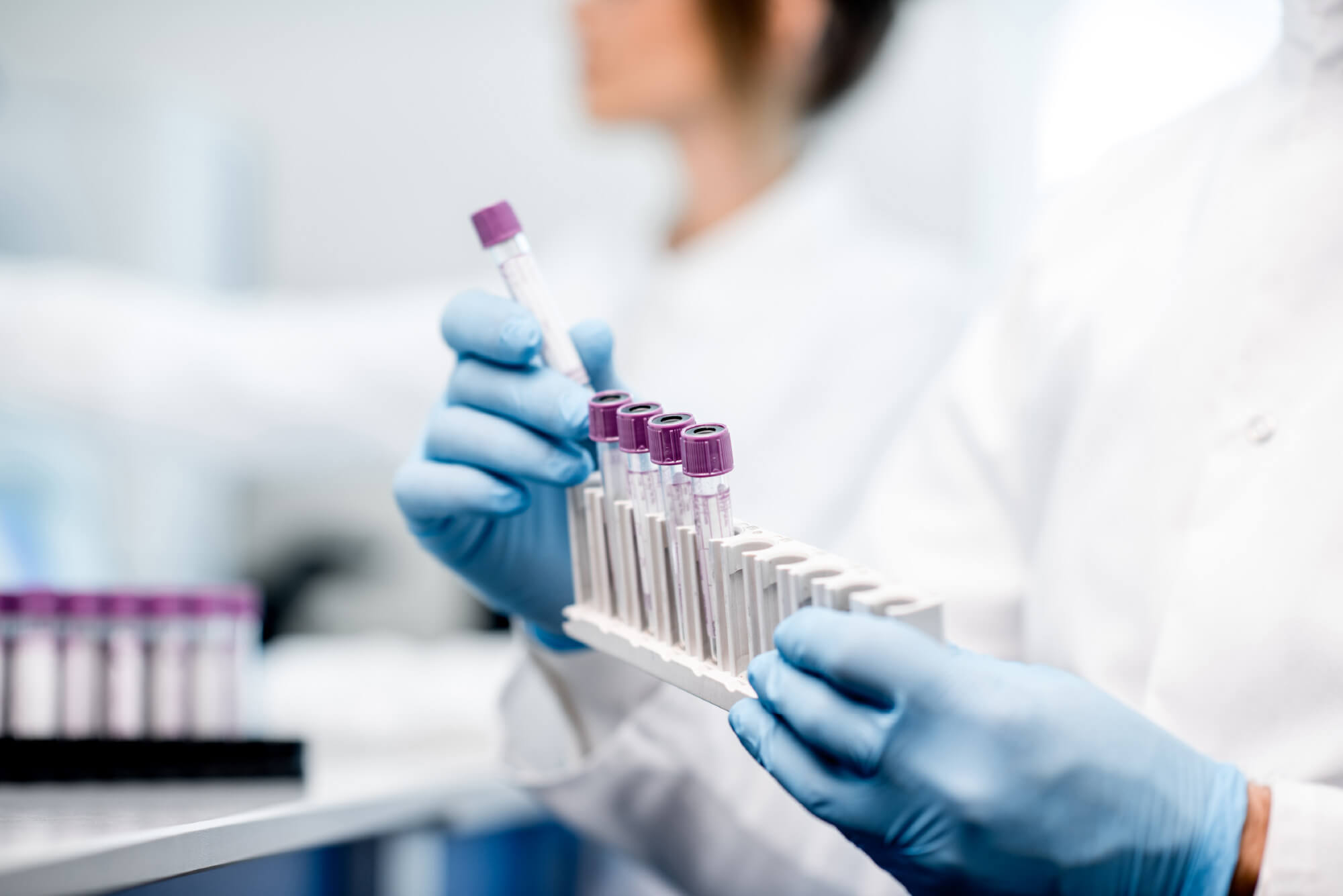Learn about the cutting-edge science behind our DDR therapies

Targeting DNA damage response (DDR) and replication stress
DDR protects cancer cells from replication stress (RS) by preventing the generation of deadly DNA damage.
Nodus' therapeutic approach aims at exploiting this paradigm by generating RS and inhibiting the DDR through novel targets.
DNA Damage Response
DNA damage can be categorized into single-strand breaks, double-strand breaks, and replication stress. DNA damage causes changes in the structure of the genetic material and prevents the replication mechanism from functioning and performing properly.
Cancer cells increase the amount of DNA damage, and upregulate repair mechanisms. DDR is a complex signal transduction pathway that recognizes when DNA is damaged and initiates the cellular response to the damage.
One mechanism of DNA damage repair depends on PARP. PARP is a protein that helps damaged cells to repair themselves. PARP enzyme binds tightly to DNA strand breaks and allows repair enzymes to repair the damaged DNA.

1st wave
PARP inhibitors: First success for synthetic lethality concept. Hugely successful; however, they have issues with resistance and the therapeutic window, which limits their combination options.

2nd wave
Compounds targeting kinases acting as central nodes of the DDR pathway. These molecules have been tested in several clinical studies with mild success. Only a handful are still active in the clinic, and they have not replicated the synthetic lethality seen with PARP inhibitors.

3rd wave
This group comprises non-kinase DDR targets, such as helicases, polymerases and nucleases, which regulate more specific mechanisms, thereby increasing their therapeutic window and their potential use in combination with other drugs.





Our inhibitors induce replication stress by exploiting novel modes of action
PARGi
Best-in-class PARG inhibitor
Exploiting DNA repair in tumours with specific vulnerabilities
NOD1i
First-in-class DNA replication inhibitor
Novel mode of action to induce replication stress

Learn more about our PARGi programme
Find out why this is a best-in-class PARG inhibitor
